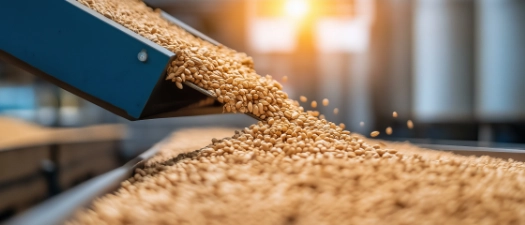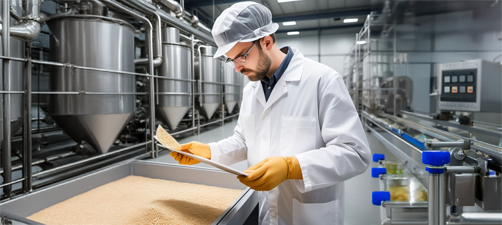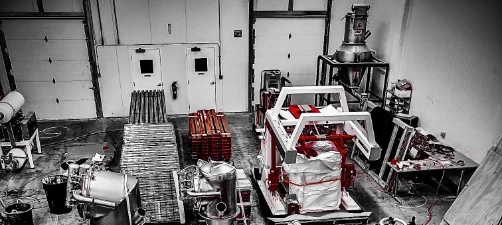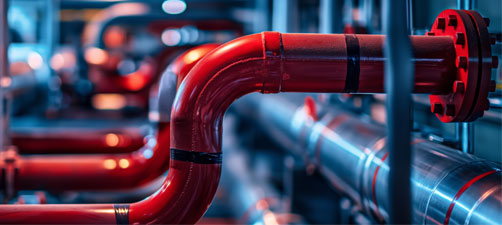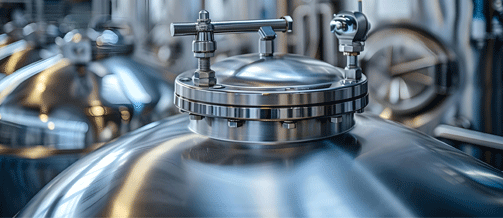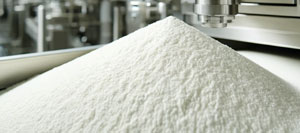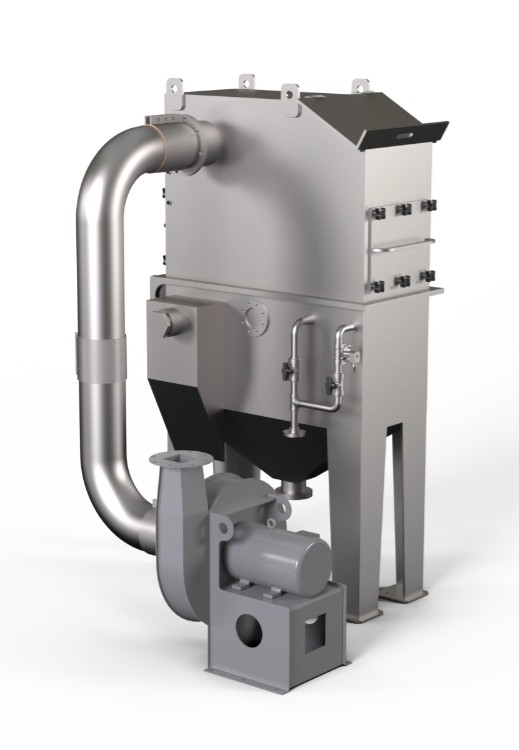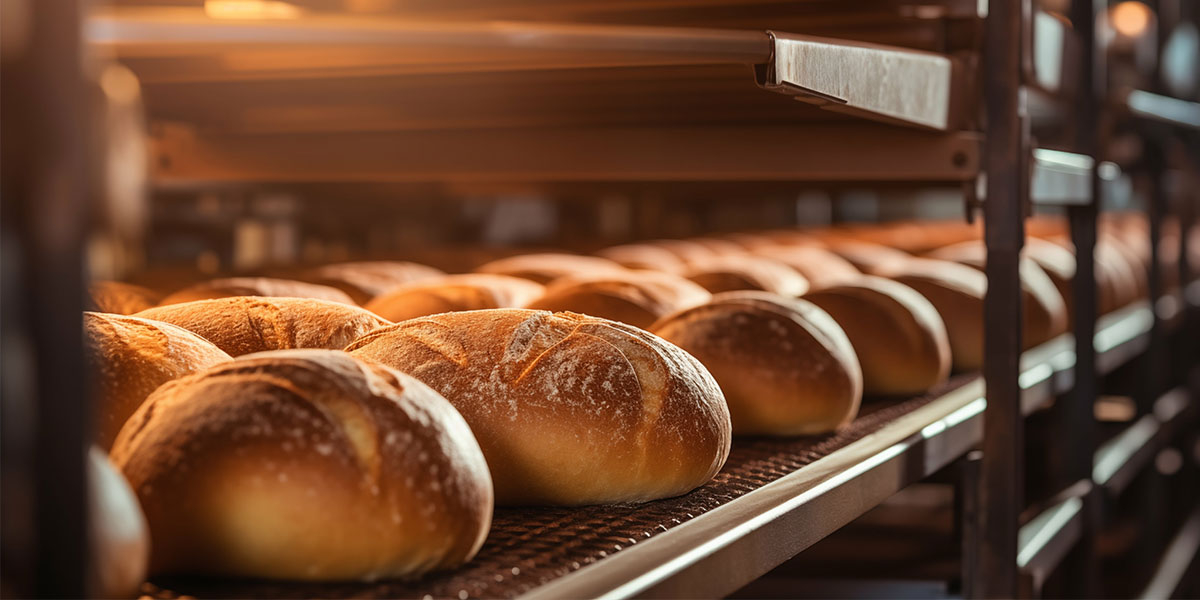HaF Equipment understands the importance of clean air and minimizing pollution. In this article, manufacturers will gain insight into different industrial air pollution control system solutions to help manage the quality of air that is taken in and expelled within their facilities. Those interested in improving air quality within their facility are encouraged to continue reading or contact HaF today to learn more about how to use air pollution control equipment for cleaner industrial operations.
What Are the Top Three Air Pollution Contaminants?
Air pollution control is essential for protecting our health and the environment. Understanding where air contaminants come from is an integral step towards creating usable solutions. Contaminants originate from three general sources: natural resources, mobile sources, and area sources.
1. Natural Resources – windblown dust, volcanic eruptions, wildfires
2. Mobile Sources – cars, trains, planes
3. Area Sources – cities, fireplaces, manufacturing facilities
HaF Equipment understands the importance of implementing effective measures to their equipment to minimize their environmental impact. It is important to consider the effect that industrial processes have on the environment in order to create a sustainable future. Each manufacturing facility and system is unique; however, the priority to invest in clean air initiatives via pollution system solutions is the same.
What Are HEPA Filters?
A High Efficiency Particulate Air (HEPA) filter can, in theory, remove at least 99.97% of dust, pollen, mold, and bacteria. This type of filter is meant to remove any airborne particles with a size of 0.3 microns (µm). The specification of 0.3 microns is the most penetrating particle size. So, HEPA filters can, in effect, remove the worst case of airborne particles from an environment. Particles that are either larger or smaller than 0.3 microns are trapped with even higher efficiency.
The HaF Inline HEPA Filter is the perfect option for making sure that processed air is being filtered up to a minimum efficiency rating value (MERV) of 16. MERV is a nationally recognized measurement system that is used to rate air filters. The higher the MERV rating the better the filter is at trapping specific types of particles.
The assembly can be installed after nearly any blower or fan. The HaF inline HEPA Filter is engineered with a tool-free quick take-apart design. The HaF inline HEPA Filter allows for simplistic filter replacements with knobs to access the filter housing.
Equipment like HaF’s HEPA Filter is integral for performing best practice for having clean air within a facility. And although managing the intake air quality is of the utmost importance, it is also imperative to positively impact the quality of outgoing air from a facility, as well. The air that is released from a facility and into the atmosphere should be taken into consideration when manufacturers plan their next project.
What Do Dry and Wet Scrubbers Do?
How Do Dry Scrubbers Work?
A dry scrubber is a filtration system that is mainly used to remove acidic gasses from combustion sources. Dry scrubbers use the injection of chemicals to attack the acids and contaminants in the exhaust air. This “traps” the contaminants and stops them from entering the atmosphere as it is exhausted.
Typically, a dry scrubber is a fabric filter that captures contaminated particles. Dry scrubbing systems use a dry reagent or sorbent to remove pollutants from the exhaust gasses. The sorbent can be a powder or granules of substances. Examples of sorbents include sodium bicarbonate (baking soda) or calcium hydroxide (lime). When the exhaust gasses pass through the dry scrubber, the sorbent reacts with the pollutants, particularly acidic gasses like sulfur dioxide (SO₂) and hydrogen chloride (HCl). This forms a stable, dry compound that can be collected and disposed of. Dry scrubbers are often used in industries where the addition of moisture to the gas stream must be avoided. They are suitable for controlling emissions from processes such as metal processing, power generation, and waste incineration.
Advantages of Dry Scrubbers
- No wastewater generation, eliminating the need for water treatment facilities.
- Lower operational costs compared to wet scrubbers.
- Suitable for high-temperature applications.
Disadvantages of Dry Scrubbers
- May require more reagent to achieve the same level of pollutant removal as wet scrubbers.
- Handling and disposal of dry waste can be challenging.
How Do Wet Scrubbers Work?
Wet scrubbers are used mainly to remove harmful materials from industrial exhaust gasses before they are released into the environment. The wet scrubber system uses a scrubbing liquid to remove pollutants from the exhaust gasses. Those contaminants adhere to the scrubbing liquid and are left behind, so the gas can be safely exhausted into the air. Wet scrubbing involves the introduction of the exhaust gas stream into a spray of water or a mixture of water and a liquid reagent or scrubbing solution. The pollutants in the gas stream are absorbed into the liquid phase through physical or chemical interactions. Common reagents include lime slurry for sulfur dioxide removal or water alone for particulate matter. Wet scrubbers are used in chemical, mining, and metallurgical industries, as well as in power plants and waste incineration facilities, to control a variety of pollutants, including acidic gasses, particulates, and some organic compounds.
Advantages of Wet Scrubbers
- High efficiency in removing both gasses and particulates.
- Can handle high-humidity and high-temperature gas streams.
- The scrubbing liquid can often be recycled and reused after treatment.
Disadvantages of Wet Scrubbers
- Generation of wastewater, which requires proper treatment before disposal.
- Higher operational costs due to water usage and treatment needs.
- Potential for corrosion in equipment due to the wet environment.
HaF Can Help!
Air pollution control is a key step in the manufacturing process. It not only helps in preserving the environment but also ensures the well-being of workers and surrounding communities. By implementing effective measures such as proper ventilation systems, using eco-friendly materials, and regular maintenance of equipment, companies can significantly reduce their carbon footprint and contribute to a cleaner, healthier planet. If prioritizing air pollution control solutions is something you want to focus on, our team at HaF can help! Contact us today!
About The Authors
Nathan Osgood
Nathan Osgood is a Design Engineer. He has been a valued member of HaF Equipment’s team since 2022. He received his bachelor’s degree with a major in Industrial and Product Design and a minor in Packaging Design.
Mitch Lund
Mitch Lund has been working for HaF Equipment for more than 3 years. He is the Vice President of the Dry Scrubber Users Association (DSUA), and has been serving in the industry for over 12 years. He received his Bachelors of Science in Chemical Engineering.


